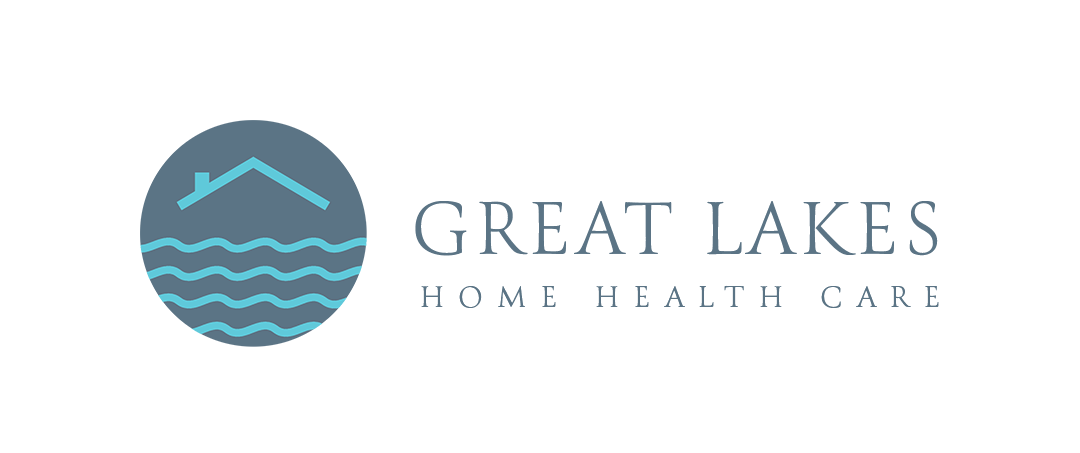In today’s aging society, the preference for aging in place or remaining in one’s home during the golden years has highlighted the importance of understanding the options available for in-home care. Two primary forms of assistance—home health care and home care—offer vital services tailored to meet the diverse needs of seniors and those with health challenges.
This blog post aims to explore the nuanced differences between these two forms of care, shedding light on the unique benefits each offers to individuals seeking support while maintaining the comfort and familiarity of home. By understanding these distinctions, families can make informed decisions that best suit the needs of their loved ones.
Contents
Key Differences Between Home Health Care and Home Care
While often used interchangeably, home health care and home care cater to distinct needs and scenarios. Home health care is typically medical in nature, provided by licensed professionals such as nurses, therapists, or home health aides, and is often prescribed by a doctor following surgery or diagnosis of a medical condition. It focuses on recovery, rehabilitation, and managing chronic illnesses or disabilities.
On the other hand, home care offers non-medical assistance, including help with daily activities like bathing, dressing, meal preparation, and housekeeping. This type of care is chosen to support individuals who need help with everyday tasks to maintain their independence at home. Understanding the specific differences and applications of these services is crucial for those looking to find the right type of care for themselves or their loved ones.
Home Health Care: Medical Services at Home
Home health care is a form of medical service provided in the client’s home. A physician typically prescribes it, which includes nursing care, physical therapy, occupational therapy, speech therapy, and more. This type of care is ideal for individuals recovering from surgery, having a chronic condition, or needing specialized medical treatment. Home health care aims to help patients improve their health and become as independent as possible.
Home Care: Non-Medical Assistance
On the other hand, home care offers non-medical assistance, focusing on helping individuals with daily living activities. Services can include meal preparation, bathing, dressing, and light housekeeping. Home care aids are trained to provide companionship and ensure the client’s safety and comfort. This option is suited for seniors or individuals who need support with daily tasks but do not require medical care.
Choosing the Right Type of Care
Understanding the specific needs of your loved one is crucial when deciding between home health care and home care. Factors such as the level of medical attention required, the need for help with daily activities, and the goal of maintaining independence should guide this decision. Both forms of care offer the advantage of being provided in the familiar surroundings of home, but they cater to different needs and situations.
Financing In-Home Care Services

Financing in-home care is a crucial consideration for many families as they explore options for supporting their loved ones. The costs associated with home health care and home care can vary widely, and understanding the financial aspects is essential for making an informed decision.
Insurance and Medicare
For those requiring home health care, Medicare may cover certain services if prescribed by a doctor and provided by a Medicare-certified home health agency. Insurance policies, including private health insurance and long-term care insurance, may also offer coverage for home health care services. Reviewing your policy or consulting with an insurance advisor to understand what is covered is important.
Medicaid and State Programs
Medicaid may provide coverage for home care services, but eligibility and benefits vary significantly from state to state. Additionally, some states offer specific programs designed to assist seniors and individuals with disabilities in receiving care at home, which can provide an alternative to Medicaid.
Private Pay and Other Options
For services not covered by insurance, Medicare, or Medicaid, paying out of pocket may be necessary. Families might also explore other options, such as reverse mortgages, life insurance policy conversions, or grants from nonprofit organizations. Planning ahead and consulting with a financial advisor can help identify the best strategies for financing in-home care.
Navigating family dynamics can pose a significant challenge when making decisions about in-home care. Each family member may have different opinions and concerns about the level and type of care needed and how to finance it. Addressing these issues thoughtfully is essential for making decisions that benefit the loved one requiring care while maintaining family harmony.
Communicating Effectively
Creating an open and inclusive environment for discussion can help ensure that everyone’s voice is heard and considered. It’s important to have honest conversations about expectations, limitations, and the realistic needs of the individual requiring care. Utilizing family meetings or mediated discussions can help in achieving a clear, unified approach to decision-making.
Understanding Roles and Responsibilities
Clarifying the roles and responsibilities of each family member can reduce confusion and conflict. This includes identifying who will be responsible for financial management, coordinating care services, and providing direct care if necessary. Establishing clear responsibilities helps ensure that all necessary tasks are accounted for and can also highlight areas where outside assistance is needed.
Seeking Professional Guidance
Sometimes, professional guidance is needed to navigate the complexities of in-home care decisions and family dynamics. Consulting with healthcare professionals, care coordinators, financial advisors, and elder law attorneys can provide valuable insights and advice. These experts can also help mediate family discussions to ensure that decisions are made in the best interest of the individual requiring care.
Supporting the Caregiver
Families must also consider the well-being of primary caregivers, whether they are family members or hired professionals. Caregiving can be emotionally and physically demanding, and without adequate support, caregivers can experience burnout. Providing resources, emotional support, and respite care options can help sustain the caregiver’s health and ensure the continued quality of care for the loved one.
Making in-home care decisions requires careful consideration of various factors, including the health needs of the loved one, the family’s financial capacity, and the dynamics among family members. Families can navigate these decisions more smoothly by communicating effectively, understanding roles, seeking professional guidance, and supporting caregivers, ensuring their loved ones receive the care they need in a supportive environment.
Conclusion
In-home care services offer a valuable option for individuals who require assistance with daily tasks or medical care. By understanding the differences between home health care and home care, exploring financing options, and effectively navigating family dynamics, families can make informed decisions that benefit their loved ones while maintaining harmony within the family. With the right support and resources, in-home care can provide a safe, comfortable, and dignified way for individuals to receive care in the familiar surroundings of their own homes.

